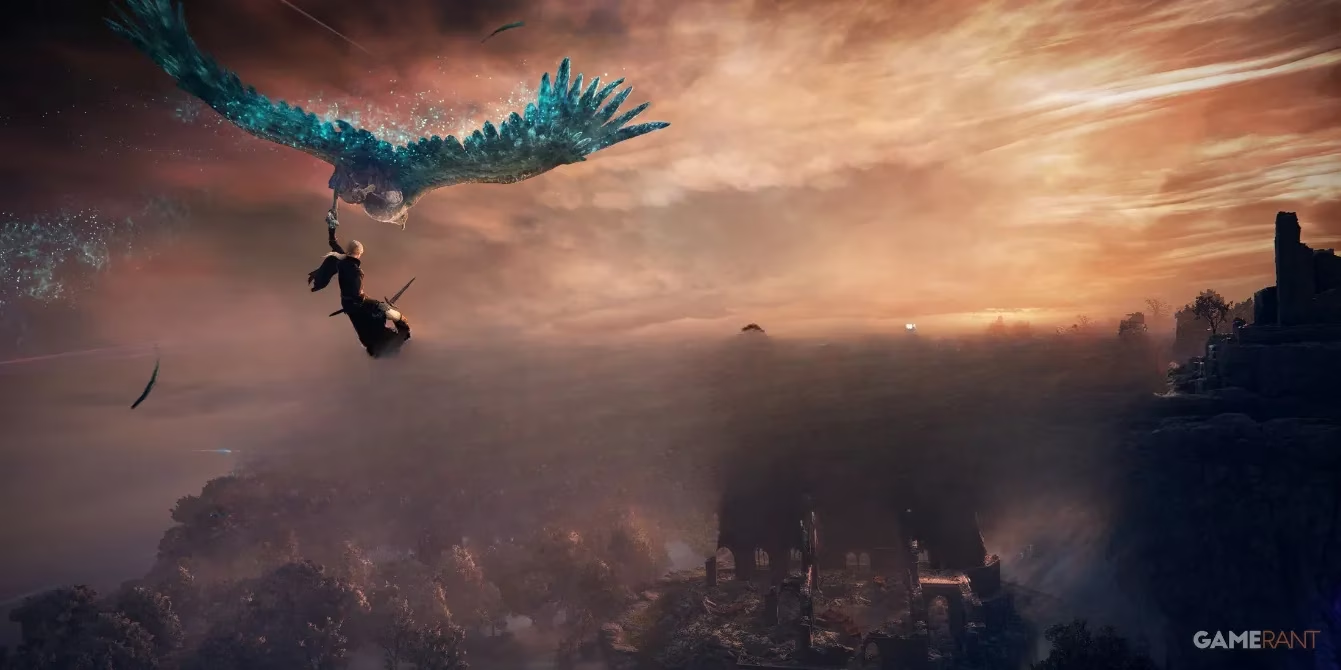Elden Ring Nightreign's Shifting Earth Events Revolutionize Roguelike Gameplay
Elden Ring Nightreign revolutionizes FromSoftware's gameplay with roguelike innovation, featuring the dynamic Shifting Earth mechanic for unpredictable, thrilling adventures.
Elden Ring Nightreign represents a bold leap for FromSoftware, shifting from its traditional single-player roots to embrace the dynamic world of roguelike games. Drawing inspiration from genre giants like Risk of Rain and Hades, the game infuses familiar combat and enemy designs with an innovative twist that breathes new life into procedurally generated adventures. Central to this evolution is the Shifting Earth mechanic, a feature that randomly transforms the game's landscape after pivotal events, offering players an ever-changing battlefield filled with fresh challenges and rewards. This mechanic not only distinguishes Nightreign but also hints at a broader potential for roguelike innovation, encouraging players to adapt and strategize in ways that feel both familiar and refreshingly novel. As players dive into the world of Limveld, they'll discover how these events reshape their journey, making each run feel uniquely perilous and rewarding without ever settling into predictability.
The Mechanics Behind Shifting Earth
At the heart of Elden Ring Nightreign's innovation lies the Shifting Earth event, triggered after players defeat the first major boss, Night Lord Gladius. Upon returning to the safety of the Roundtable Hold, the Priestess/Duchess informs adventurers that the lands of Limveld are undergoing a seismic shift. This isn't just a narrative flourish—it's a gameplay event that replaces a substantial chunk of the map with one of four distinct biomes. Each biome isn't merely cosmetic; it introduces a suite of unique elements that force players to rethink their approach. For instance:
-
Crater: A volcanic hellscape where lava flows create environmental hazards, demanding precise movement and heat-resistant gear.
-
Mountaintop: A frigid, snow-covered expanse with blizzards that reduce visibility and slow movement, testing endurance against frostbite.
-
Rotted Woods: An infectious zone teeming with poisonous flora and fauna, where decay effects drain health over time.
-
Noklateo, the Shrouded City: A hauntingly beautiful urban ruin shrouded in shadows, filled with elusive spectral enemies that require stealth and quick reflexes.
These biomes aren't just random swaps—they come packed with exclusive points of interest, such as hidden dungeons or resource nodes, and each features its own set of bosses that guard valuable secrets. At the core of every biome lies a coveted reward, like rare Relics or power-boosting artifacts, accessible only to those brave enough to navigate its treacherous level design. Players can influence which biome appears by resting in the Roundtable Hold's Waiting Room, where passing time cycles through the options, adding a layer of strategy to the randomness. 
Impact on Gameplay and Strategy
Shifting Earth events inject a thrilling dose of variety into Nightreign, ensuring that no two playthroughs feel the same. As players traverse Limveld, the sudden appearance of a new biome forces them to confront unfamiliar enemies—think fire-breathing beasts in the Crater or ghostly apparitions in Noklateo—and adapt to environmental hazards that can turn a routine skirmish into a life-or-death scramble. This mechanic shines brightest in team-based scenarios, where groups must weigh the risks and rewards of venturing into these altered zones. Do they push deep into the biome to snag its secret prize, potentially facing overwhelming odds, or play it safe by sticking to familiar landmarks? This decision-making process elevates the roguelike experience, fostering moments of high-stakes cooperation and chaos that define Nightreign's most memorable battles. 😮
For a game with a single static map like Nightreign, Shifting Earth is a game-changer. While loot drops and enemy encounters are randomized, the fixed locations of key points of interest could lead to monotony—but these events shatter that potential staleness by constantly redrawing the landscape. Players often find themselves on edge, wondering what biome might emerge next, which keeps the gameplay loop engaging and unpredictable. It's a testament to FromSoftware's ingenuity that such a feature doesn't just add content; it redefines how roguelikes can blend structure with spontaneity.
People Also Ask: What makes Shifting Earth events so pivotal to replayability in roguelikes? How do these mechanics enhance team dynamics in Elden Ring Nightreign?
Reflecting on Nightreign's design, it's clear that Shifting Earth could set a new standard for the genre. Its seamless integration of map transformation with strategic depth invites comparisons to other roguelike staples, yet it stands out by emphasizing environmental storytelling and player agency. As adventurers debate whether to chase rewards or avoid hazards, they're left pondering broader questions—could this mechanic inspire future titles to evolve beyond mere randomization? Or will it remain a unique signature of FromSoftware's foray into multiplayer roguelikes? The answers lie in the shifting sands of Limveld, where every biome shift isn't just a challenge but an invitation to explore the unknown. Ultimately, Nightreign's legacy might be measured by how its innovations ripple across gaming, urging developers to rethink world design in ways that prioritize dynamic evolution over static repetition. 👍